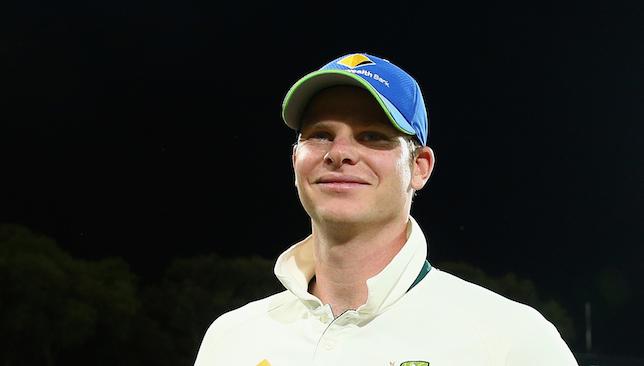
The International Cricket Council has come out with its teams of the year for both Tests and ODIs and this time it has raised quite a few eyebrows. While most of the players on the list deserve their presence, some names are a bit difficult to digest.
– #360view: England gained a lot from their UAE trip
Firstly, let’s take a look at the Test team. Batsmen David Warner, Alastair Cook, Kane Williamson, Younis Khan, Steven Smith, Joe Root, wicketkeeper Sarfraz Ahmed, seamers Stuart Broad, Josh Hazlewood and leg-spinner Yasir Shah have enjoyed a brilliant run in the longest format for the period under consideration – September 2014 to September 2015.
But the ICC have bowled a googly by naming Kiwi left-arm seamer Trent Boult in the side as he only had a decent season. In seven Tests Boult took 32 wickets and that’s not even close to the feat of Aussie spinner Nathan Lyon – 50 wickets from 13 matches.
For all asking, the qualification period ran from September 18th 2014 to September 13th 2015 https://t.co/sLDINHlTe3 pic.twitter.com/ehwjpcx8f4
— ICC (@ICC) December 2, 2015
In fact, even an off colour Mitchell Starc had more success in that period – 37 wickets from 10 games.
In the ODI team, there is a glaring omission in Sri Lankan captain Angelo Mathews. The all-rounder had a superb run in the above mentioned 12-month period, scoring 902 runs at an average of 47.47 and taking 20 wickets at an economy of 4.9 from 28 ODIs. It’s baffling how the ICC overlooked such a brilliant effort.
In fact, there is only one all-rounder of any calibre in the ODI Team of the Year in the form of Tillakaratne Dilshan and having just one spinning all-rounder is never a wise decision.
What makes Mathews’ absence more surprising is that Mohammed Shami somehow finds a place in the team, having taken 29 wickets in 14 ODIs.
It seems the ICC have considered just his World Cup performance, where he was on song. But even at the World Cup, he was only the second-highest wicket taker for India with 17 scalps from seven matches.
If performances over 12 months had been considered, the efforts of Protea Morne Morkel (34 wickets from 20 matches) or even India’s Umesh Yadav (35 scalps from 18 games) would have been tough to overlook. And since the ICC already announced its World Cup ‘dream team’, there was no need to be so fixated on the results from the showpiece event, as it seems to be the case at the moment.
Interestingly, if we move the goal post and consider performances only in 2015, the list would look a bit different. India off-spinner Ravichandran Ashwin is the leading Test wicket-taker this year with 55 scalps while England’s James Anderson has a healthy 46 from 11. Those two would surely make the cut.
The batting line-up would still look similar for the Test Team of the Year. In ODIs, New Zealand’s Martin Guptill would surely force his way into the side as he is the second highest run scorer this year with a tally of 1,287.
On the other hand, Aussie captain Smith would struggle to make the cut in the one-day team if one were to look only at data from this year. He has played 19 matches while a whole bunch of batsmen have featured in more than 20 games and the numbers aren’t great.
The retired Kumar Sangakkara scored more runs in lesser games (862 in 14 ODIs) than Smith – 805. It shows how a slight change in parameters alters the picture completely.
What’s also intriguing is that there is not a single South African player in the Test Team of the Year even though they are the No. 1 side in the world.
As far as India are concerned, only spinner Ashwin is there on the Test list as 12th man. It proves that you don’t need the top run-getter or the top wicket-taker in the team to be competitive in Tests.
All analysis apart, the absence of Mathews in the ODI team and the inclusion of Boult in the Test and Shami in the ODI side show that the ICC have not been consistent in their selection policy. They should either have gone by numbers or factored in the impact that player has made.
Whatever the policy, some of the omissions and selections are inexplicable and take the sheen off what should have been a celebration of the top performers of the year.